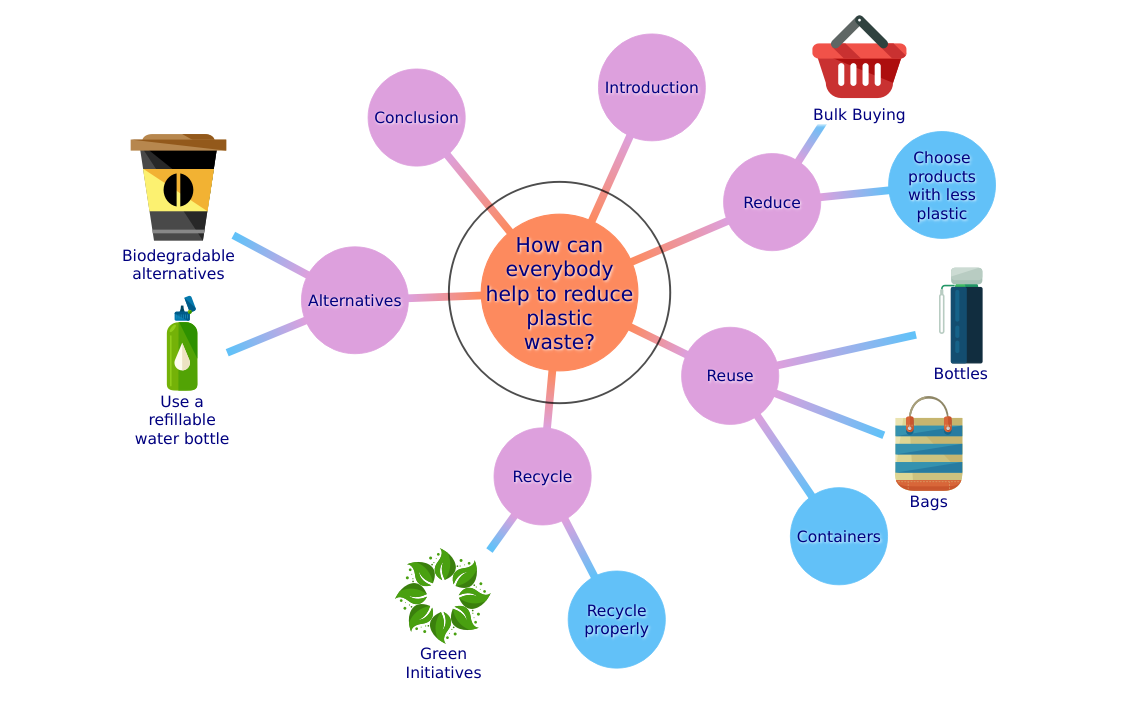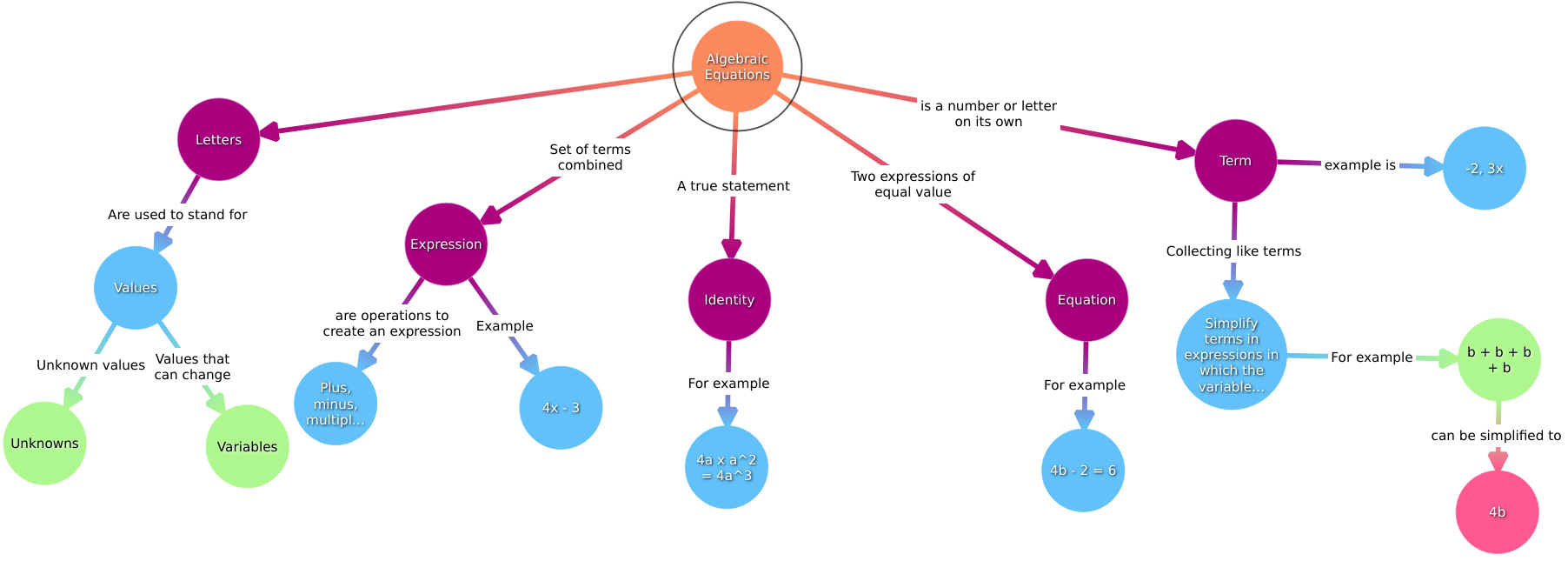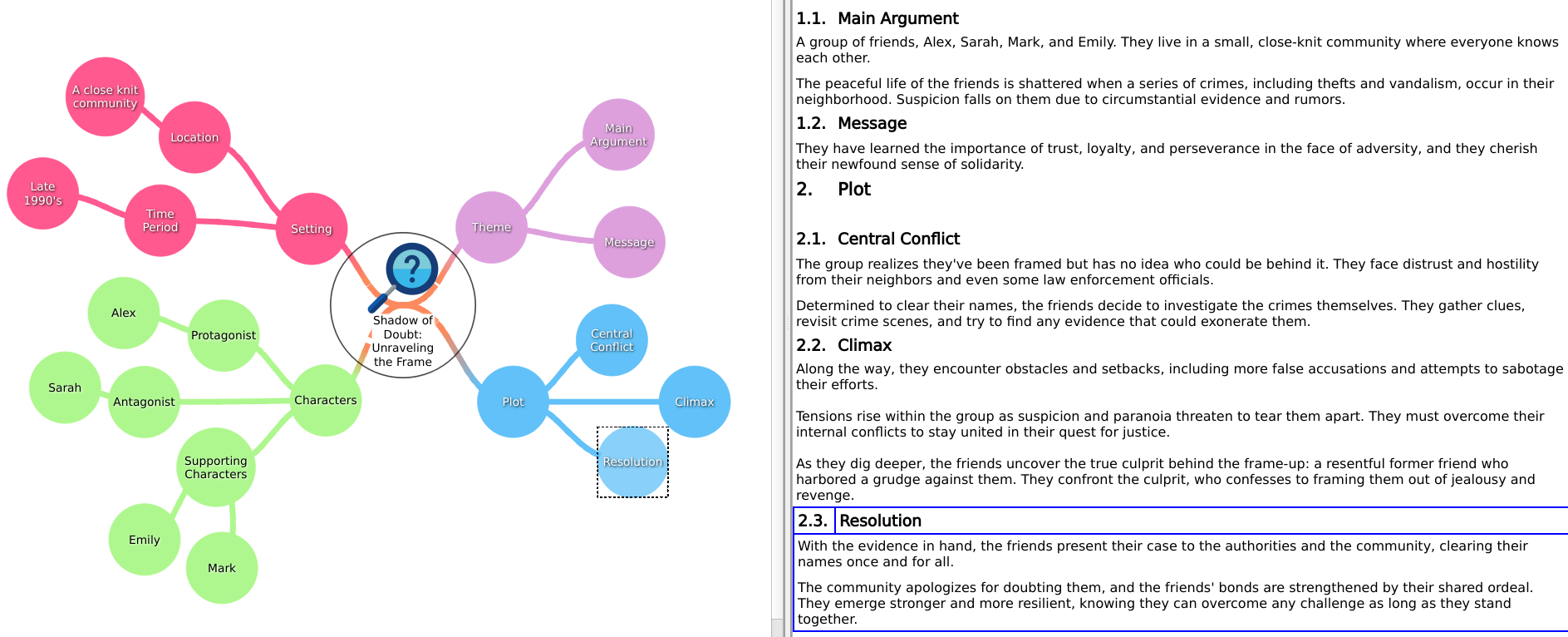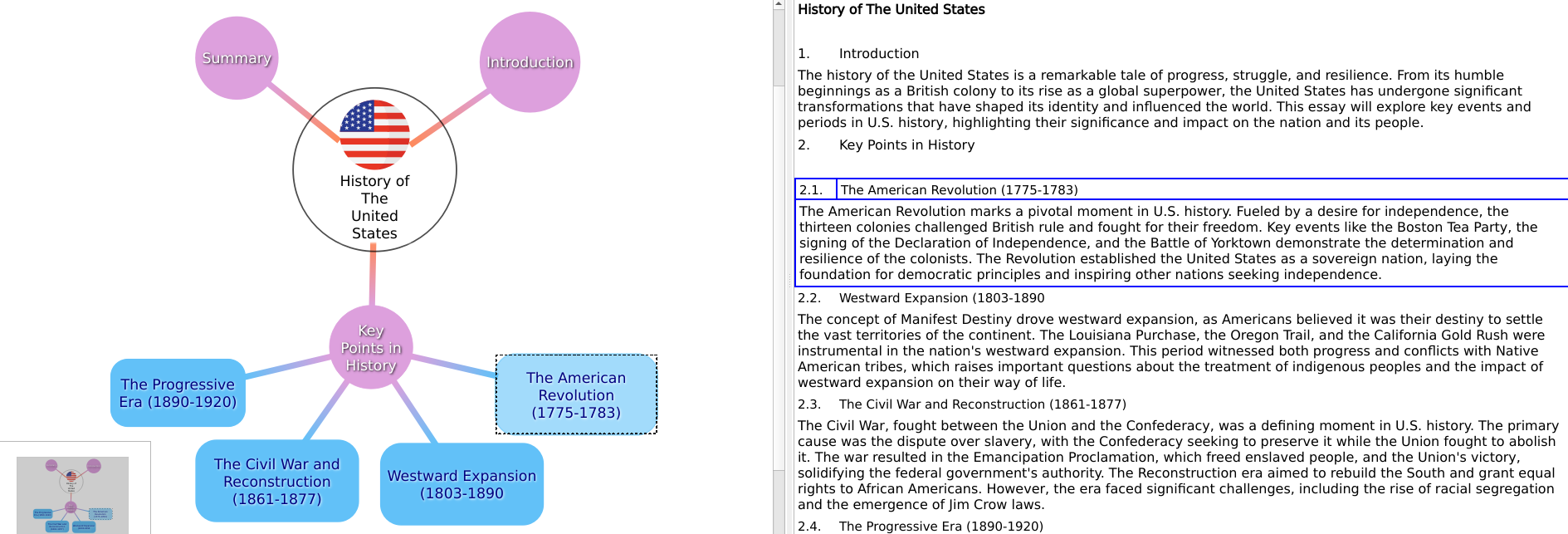Fostering critical thinking skills is more important than ever and as educators, you are constantly seeking effective tools and methods to engage students in deeper analysis and thoughtful discourse. Mind mapping is an invaluable ally in this mission, particularly in facilitating dynamic classroom discussions and debates. Let’s explore how to leverage this method to nurture students’ critical thinking abilities.
Embracing the Power of Visual Learning
Mind mapping, at its core, is a visual learning strategy that mirrors how our brains work. By creating mind maps, students can visualize the connections between ideas, fostering a deeper understanding of the subject matter. This approach is especially beneficial in discussions where complex topics are broken down into more manageable, interconnected segments.
Integrating Ideamapper in Classroom Debates
Imagine a classroom debate on a historical event or a contemporary issue. Before diving into the discussion, students can use Ideamapper to organize their thoughts and research. This process encourages them to critically assess information, differentiate between facts and opinions and see the larger picture. During the debate, a live mind map can be developed, capturing key points, counterarguments and emerging insights. This visual representation helps students track the discussion’s progression and encourages them to think on their feet.

Facilitating Group Discussions with Ideamapper
Group discussions are great for developing critical thinking. With Ideamapper, small groups can collaboratively create mind maps on a shared topic. This activity not only promotes understanding of the subject but also enhances skills like collaboration, communication and consensus-building. Each group can then present their map using Ideamapper’s Presentation View.
Enhancing Individual Analysis
Mind maps can also be a powerful tool for individual analysis. After a class discussion, students can create a mind map to reflect on what was learned, map out new connections and identify areas for further exploration. This exercise not only reinforces the material covered in class but also encourages independent, critical thinking.
Adapting to Different Subjects
The beauty of mind mapping is its adaptability across various subjects. In science, students can map out complex processes or experiments. In literature, they can explore themes, characters and plot structures. In social studies, they can delve into the causes and effects of historical events. The possibilities are endless.
By incorporating Ideamapper into classroom discussions and debates, you provide students with a powerful tool to enhance their critical thinking skills. As they visualize and connect ideas, they develop a deeper understanding of the subjects, become more engaged learners and improve their ability to analyze and synthesize information. Let’s embrace these innovative tools and strategies to prepare our students for a world that values critical thought and effective communication.








